Upgrade Your Outdoor Commercial Space with These 5 Tech Devices
New mobile phone apps, handheld devices, enhanced monitoring and sensor equipment, and intelligent controllers are radically changing the face of commercial landscaping. For instance, weather sensing and watering technology for a commercial property can now provide significant water-saving costs, which is always good for a business’s bottom line. So let’s look at how to upgrade your outdoor commercial space with tech devices for managing design, planning, lawn care, soil maintenance, and watering.
5 Tech Devices to Upgrade Your Outdoor Commercial Space
1. Landscape Design Apps and Software
Professional software with 3D modeling capability, video, 360-degree panoramic views, and easy sharing are transforming the partnership between landscapers and clients. These truly immersive landscaping plans with striking realistic visuals enable the business to come along for the ride as ideas develop. As a result, they can more easily influence the layout and plant selections and agree on design elements. In addition, the designer can make changes on the fly during meetings, speeding up the whole project.
Mobile apps make the initial design phase easier with site analysis, area measurement, plant identification, and sun-tracking capabilities. Analysis and planning tasks that used to take days and weeks are immensely compressed. It’s a boon for both the landscaper and the client.
2. Planning and Maintenance Tools for Commercial Landscaping
Get out the drones! From taking high-level overview images down to low-level intimate shots of plants, a drone is now an affordable tool for many landscaping firms. Progress of plant growth, early detection of insect infestations, animals causing damage, or severe weather damage can be obtained easily with little cost. Early damage mitigation can save many precious and expensive plants, reducing time and money costs.
Drone technology is branching out beyond flight-related photography. While mapping tasks are commonplace, there are exciting advancements in plant pollination, seeding, and even the application of fertilizers. One example is a project where drones fly low to ground suitable for planting trees and then fire small pods with enclosed seeds into the soil. The pods degrade as the seeds germinate and grow. It’s an excellent way to plant in hard-to-access terrain.
3. Robotics for Lawn Care
Yes, robotic equipment is now becoming entrenched in lawn maintenance practices. Able to be used in a ‘set and forget’ capacity, automatic lawnmowers can handle straightforward tasks. With a few touches on a mobile phone app, landscaping staff can send the mower off to do its job. The team can then focus on more complex tasks such as hand-weeding, pruning, and planting seedlings. It’s a win-win for everyone.
4. Smart Irrigation Technology for a Commercial Property
Intelligent watering systems can save businesses a small fortune in water costs. With the right irrigation system, overwatering can be practically eliminated. Gone are the pre-set schedules for automatic watering that could see sprinklers merrily watering away while rain poured down. Instead, smart sensors can now be used to monitor soil moisture levels and evaporation rates on-site. In addition, controller devices can adjust watering schedules to meet precise plant needs as the weather changes.
Intelligent irrigation systems bring greater flexibility to planning and design, as reliable, targeted, and precise watering allows a greater variety of plants to be included in green spaces. Drip irrigation systems can be set so that individual plants are only watered instead of the entire area. This, of course, still requires excellent irrigation system design and installation by professional landscapers.
5. Weather Forecasting Devices
Mobile phone apps and wireless weather stations assist in the most critical landscaping task — weather forecasting. Solar-powered weather stations enable accurate reading of what’s happening in landscaped sites and nearby surrounds. Knowing expected wind strength, cloud cover, and estimated rainfall ahead of time allows good landscape risk management. While not every contingency can be foreseen and mitigated, most severe weather events can be planned for.
Technology now enables weather data to be accessed from a mobile phone app reporting on the wireless weather station data being gathered. Alternatively, data can stream continuously to desktop and laptop computers. Forewarned is forearmed, and with up-to-date information, landscapers can plan to protect fragile plants. They can also determine the best days to carry out new plantings and reschedule staff around unsuitable weather conditions.
State of the Art for Your Commercial Landscaping in Northern Virginia
Undoubtedly, technology will continue to advance and upgrade the commercial landscaping space. Your commercial property needs a landscaping firm that stays up to date with trends and can advise you on benefits that can be achieved. At State of the Art Landscape, we’re committed to bringing the highest quality services to Northern Virginia commercial properties. Contact us today for a discussion on how we can enhance your business outdoor environment.
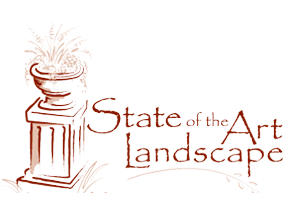
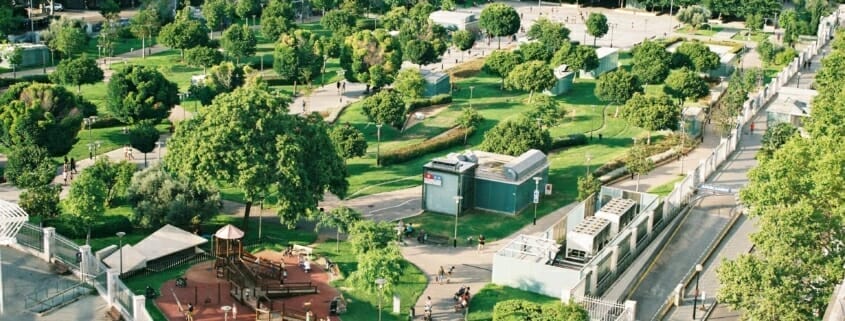
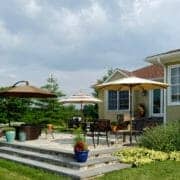

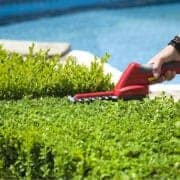
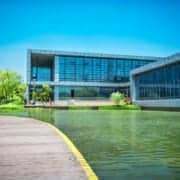
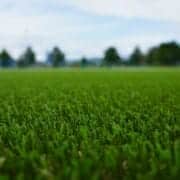





Leave a Reply
Want to join the discussion?Feel free to contribute!